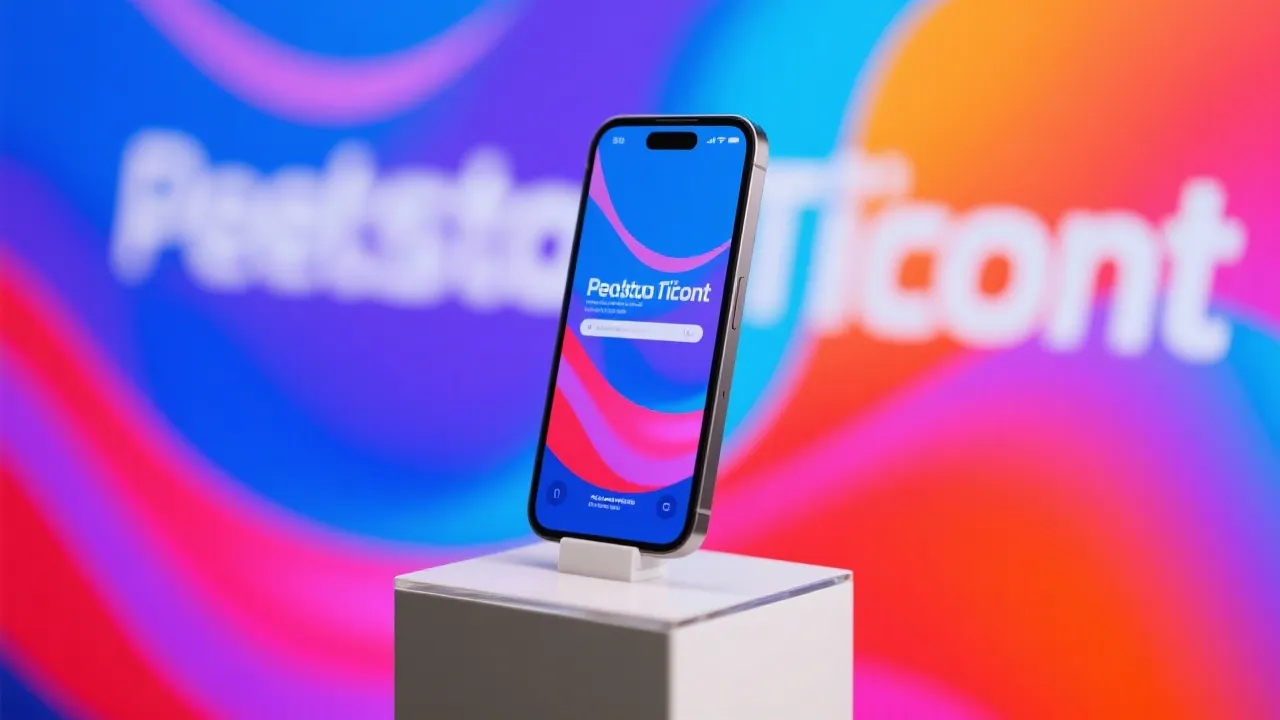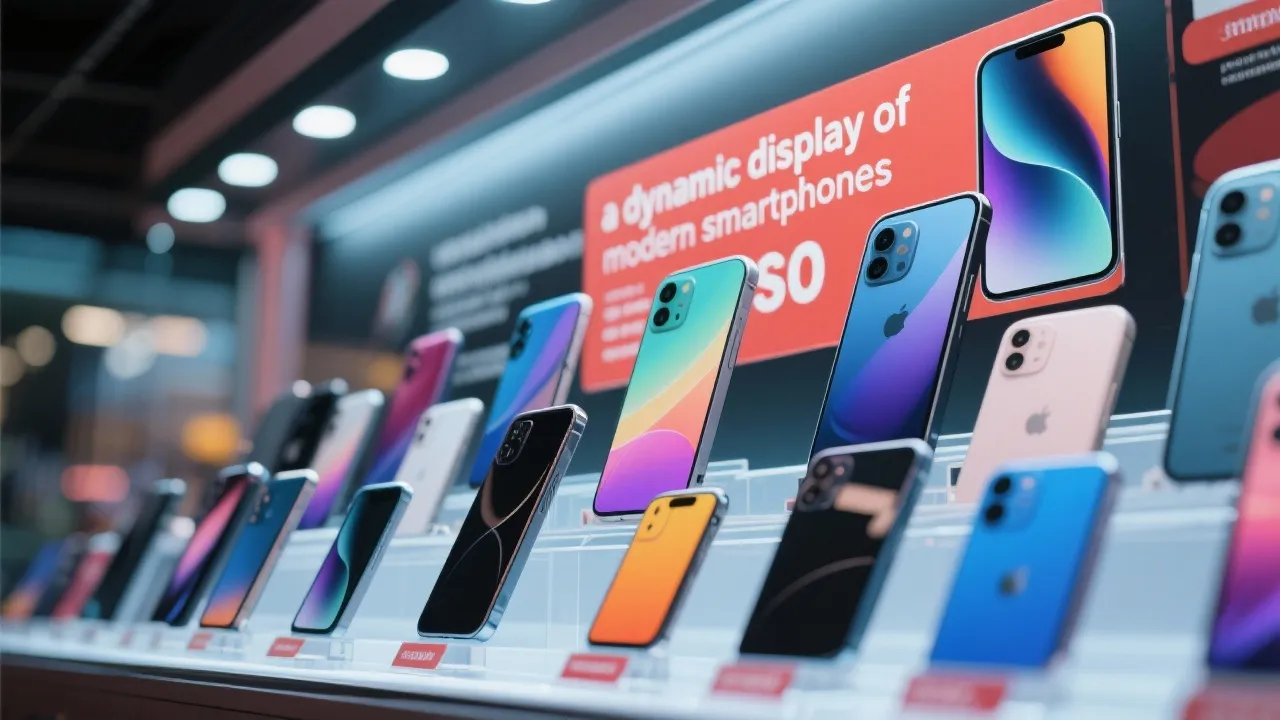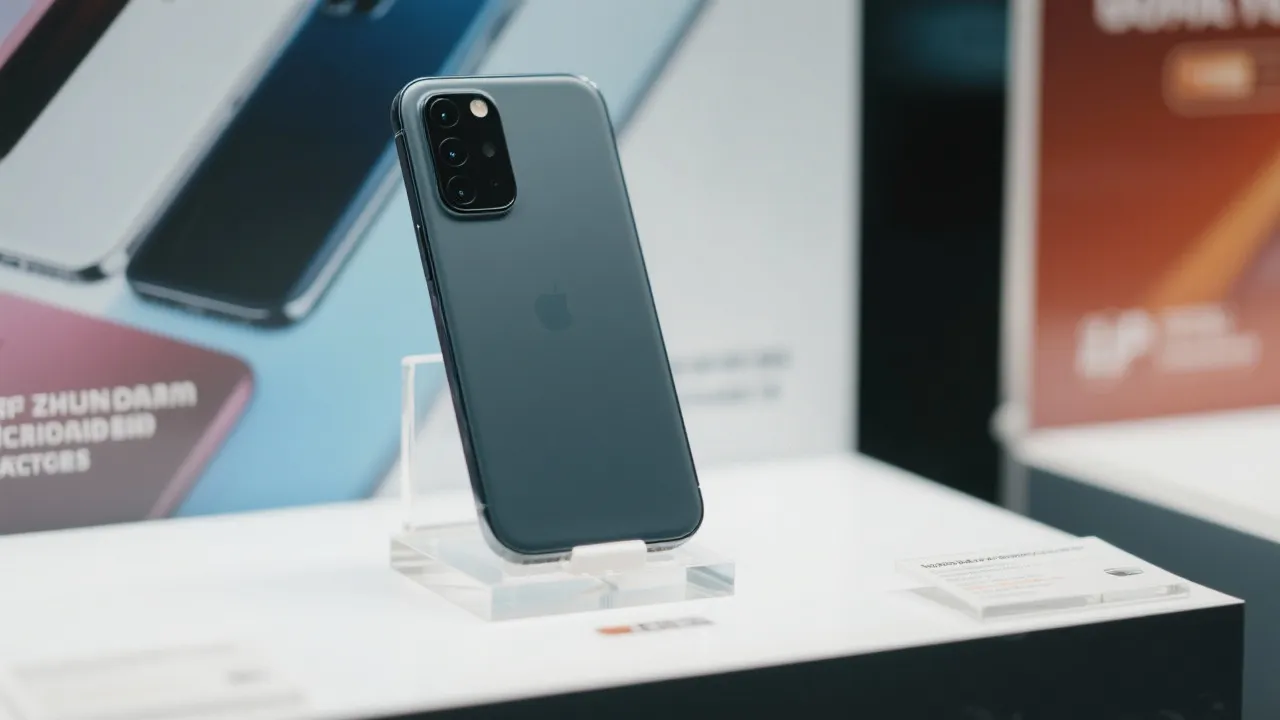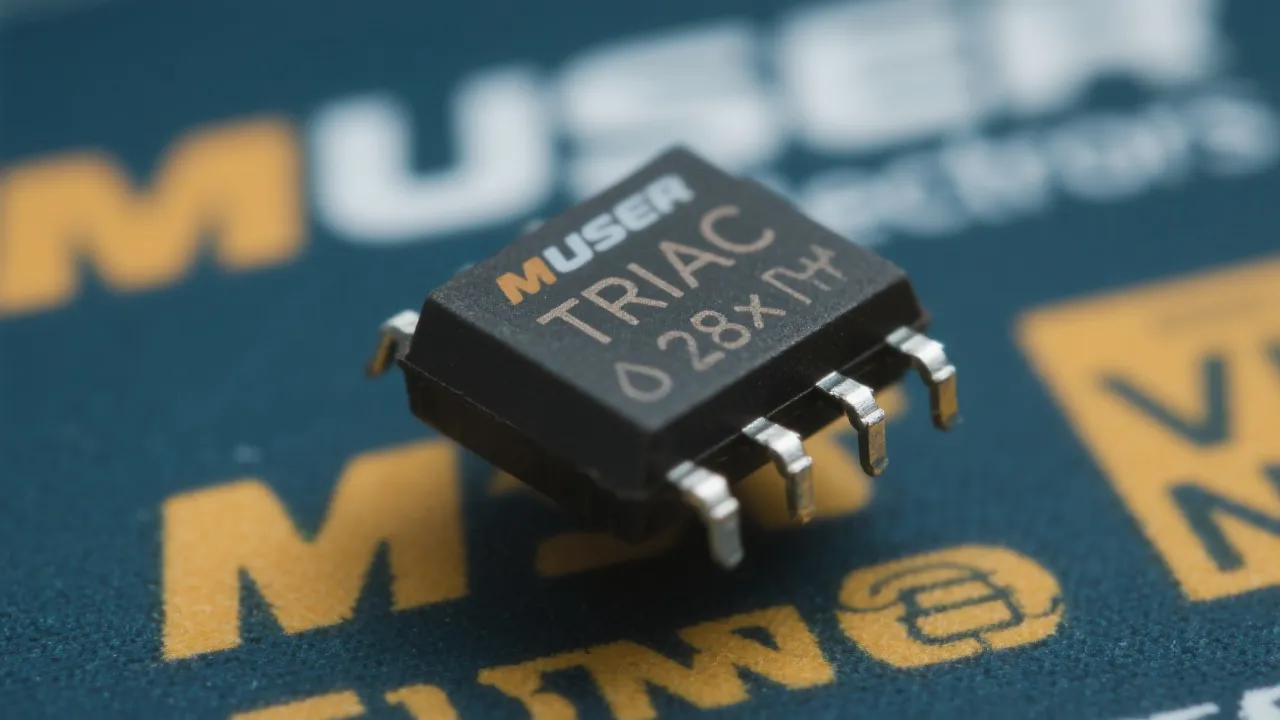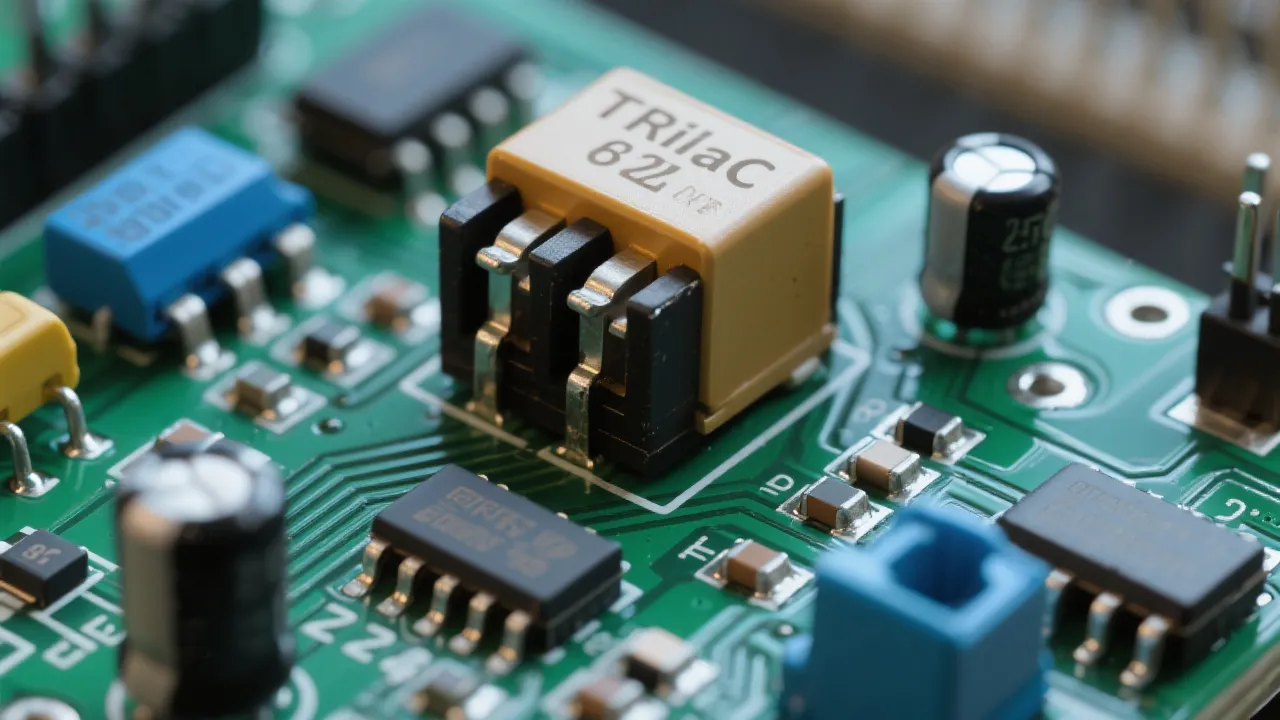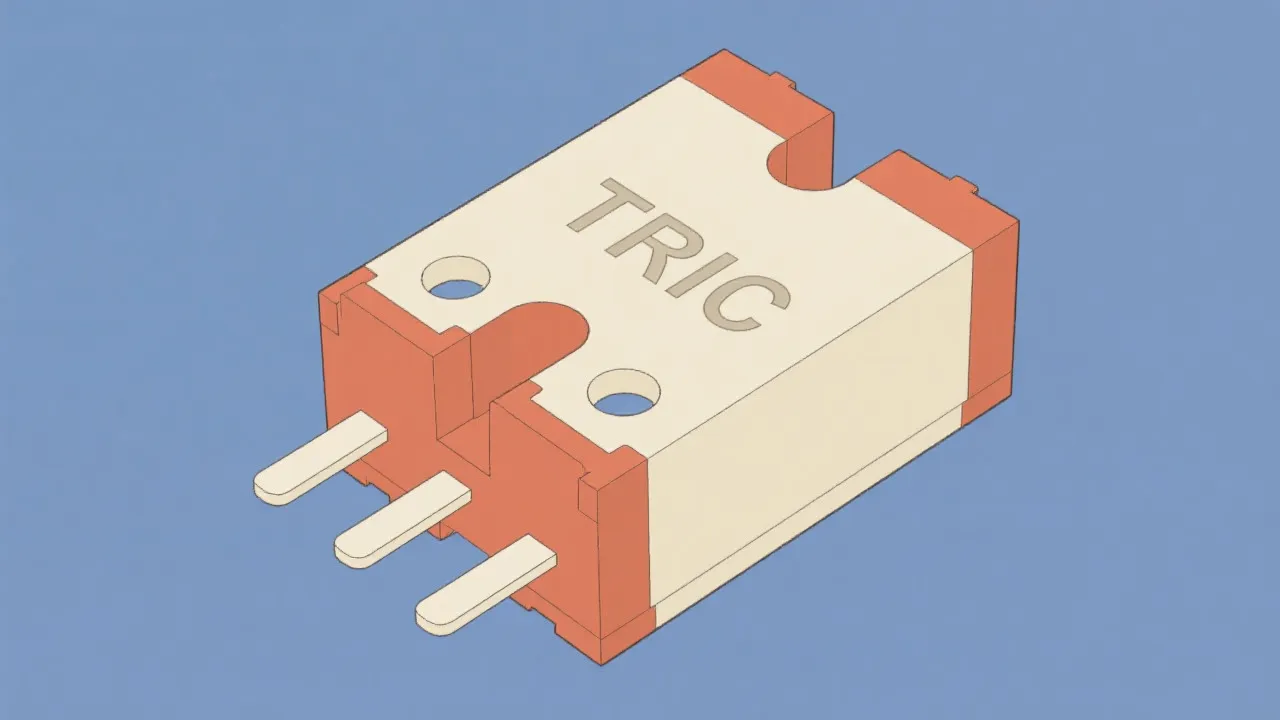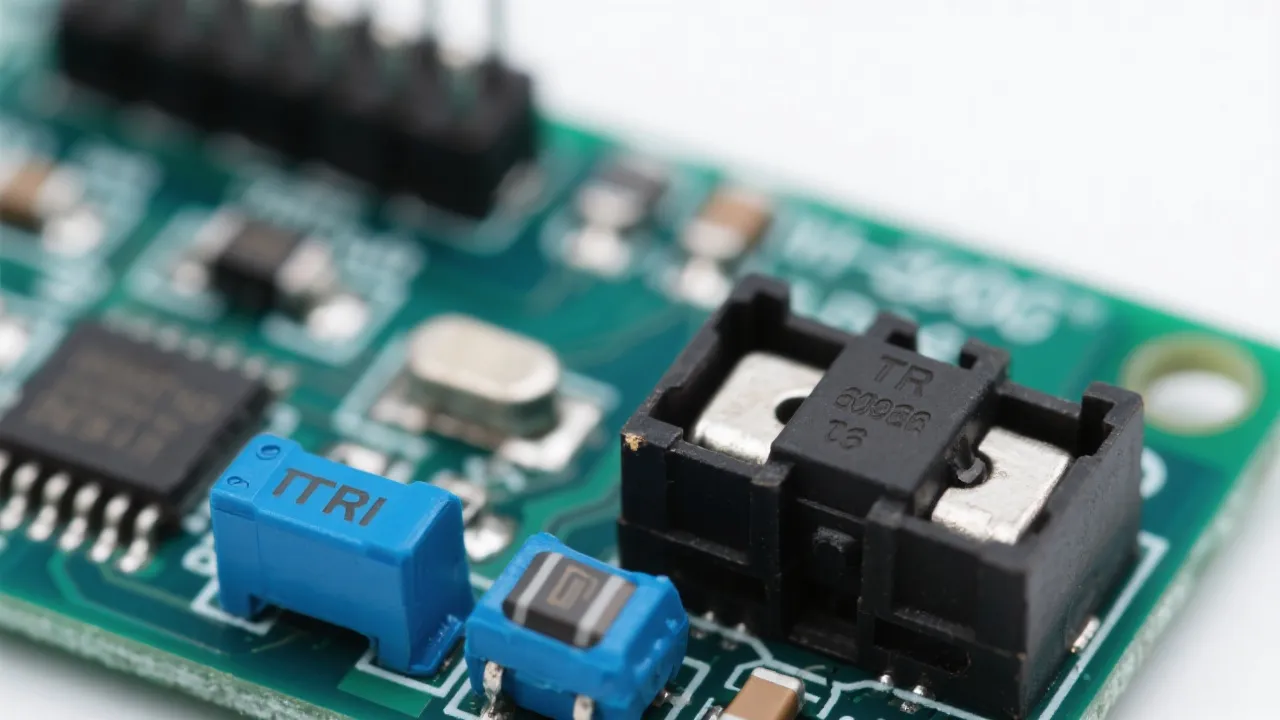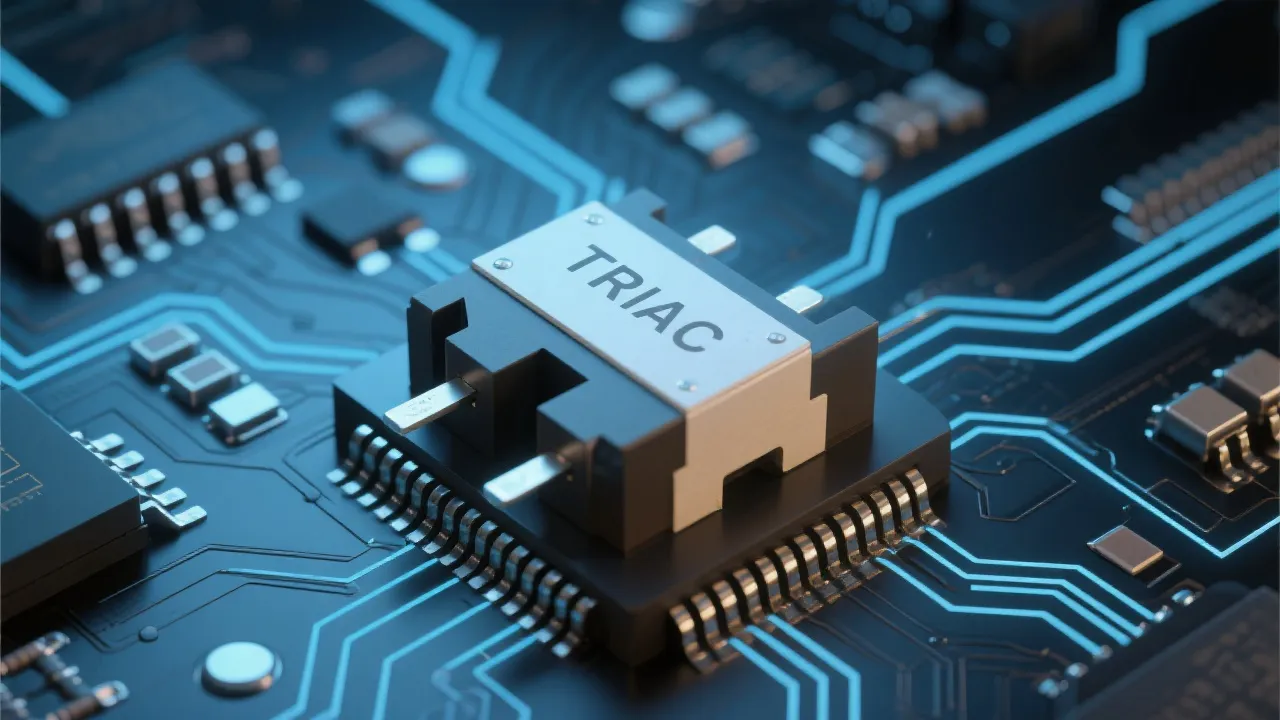Understanding OPGW and OPLAT
This article delves into the world of OPGW and Oplat cables, crucial for modern telecommunications and power systems. OPGW (Optical Ground Wire) combines the functions of grounding and fiber optic communication, whereas Oplat represents a variation in cable design suited for different environmental conditions. This piece offers an in-depth analysis of these technologies and their applications.
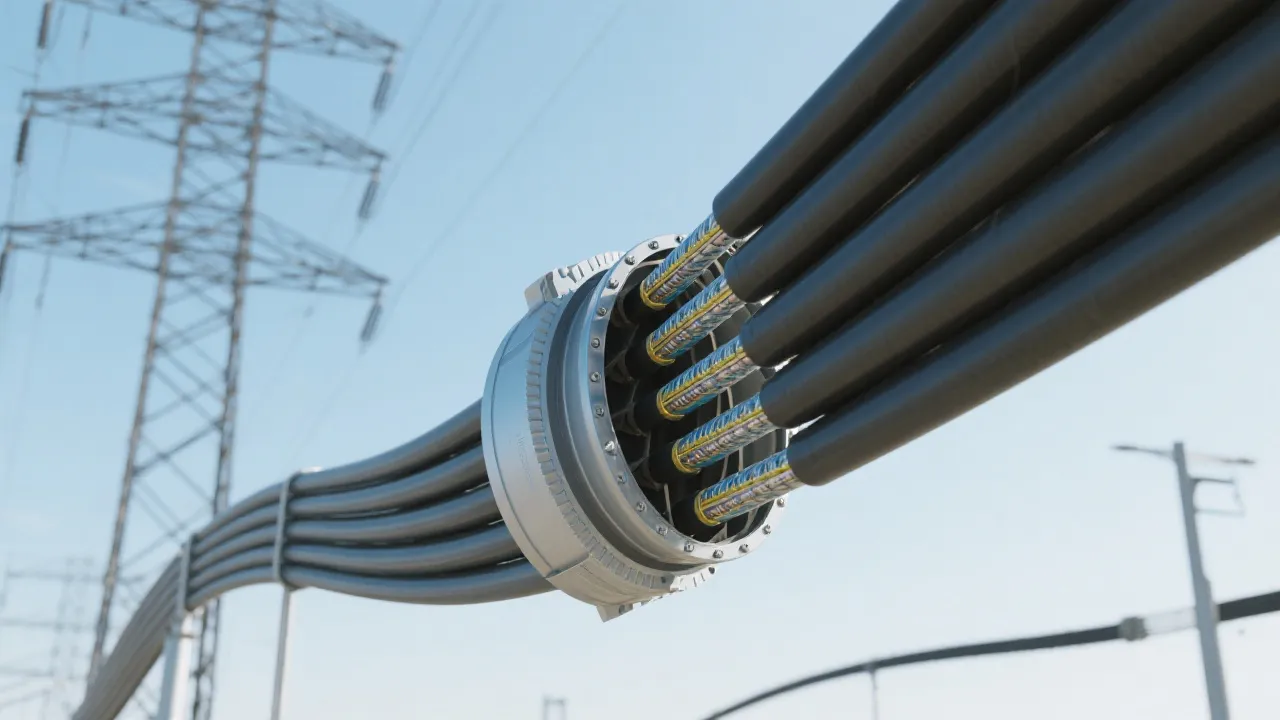
Introduction to OPGW and Oplat
In the realm of modern telecommunications and power distribution, OPGW (Optical Ground Wire) and Oplat cables serve as pivotal components. These cables underpin the infrastructure necessary for effective energy transmission and broadband communications. OPGW cables are unique in that they provide both grounding and fiber optic paths within a single structure, proving indispensable for utility companies. On the other hand, Oplat cables represent an adaptation in cable technology, engineered to cater to specific environmental conditions. Understanding these cables' functionalities lays the groundwork for appreciating their roles in contemporary electrical engineering and communications systems.
What is OPGW?
OPGW or Optical Ground Wire is an innovative cable technology that integrates fiber optic communication capabilities with the traditional functions of a ground wire. This dual-functionality not only enhances the operational efficiency of power systems by safeguarding against faults and lightning strikes but also facilitates high-capacity data transmission along power lines. OPGW serves as a protective and telecommunication medium in overhead power transmission lines, which are subject to environmental hazards.
Key Characteristics of OPGW Cables:
- Robustness: Engineered to withstand harsh environmental conditions, OPGW cables are designed from materials that resist corrosion and physical stress, ensuring longevity and reliability.
- Efficiency: Combines power system protection with telecommunications infrastructure, allowing utility companies to monitor grid performance while simultaneously providing data services.
- Scalability: Easily adaptable to varied utility demands, OPGW can accommodate growing data needs without the need for extensive infrastructure overhauls.
The Role of Oplat Cables
Oplat cables are designed with specific conditions in mind, often used in environments where traditional OPGW might not suffice. These cables offer a tailored solution, ensuring reliability and performance in regions with extreme weather or particular installation challenges, such as rugged terrains or seismic activity. The adaptability of Oplat cables extends to their construction materials and cable design, which help mitigate concerns such as temperature fluctuations, humidity, and mechanical wear.
The choice between OPGW and Oplat is often dictated by environmental factors, grid design, and specific regulatory requirements. Understanding these nuances is crucial for system designers and engineers tasked with implementing sustainable and reliable infrastructure. Utilizing Oplat in niche applications can enhance system efficiency for projects ranging from rural electrification to dense urban deployments, ensuring that designs align with geographic and urban planning considerations.
Advantages of Oplat Cables:
- Customized Design: Fit for specific regional climatic conditions, Oplat cables can be engineered to accommodate unique environmental stressors, ensuring uninterrupted service and long-term performance.
- Versatility: Useful in diverse applications outside standard OPGW scenarios, they are deployed in industrial settings, mines, or remote installations where standard cables may fail to perform.
- Durability: Enhanced protection against environmental degradation, Oplat cables are formulated to resist UV radiation, moisture, and physical impacts that could compromise integrity over time.
OPGW and Oplat Industry Insights
An industry expert perspective highlights how these cables form the backbone of modern energy and communication grids. Innovations in material sciences and cable design are driving enhanced performance and reduced costs in the market. Utility companies are increasingly integrating these technologies to rise to the challenges posed by an evolving energy landscape, characterized by a shift towards renewable energies and decentralized power grids.
Dr. Jane Fisher, a telecommunications analyst, notes, "The integration of fiber optics within energy infrastructure, through OPGW, is revolutionizing how companies approach network resilience and data capacity." This transformation is not merely technical; it reflects a broader trend toward digitization within the utilities sector. The efficiency that OPGW and Oplat cables bring can enhance operational practices, reduce overhead costs, and ultimately lead to improved customer service.
Market Trends
- Increasing Demand: Growing energy needs amplify the demand for robust grid infrastructure encompassing fiber optic technology to facilitate real-time communication and data analytics.
- Technological Advancements: Emerging materials and design innovations enhance cable functionality and lifespan, with manufacturers increasingly exploring nanotechnology and sustainable materials for critical cable applications.
- Global Distribution: While OPGW is widely implemented across continents, Oplat sees increased use in select regions facing unique challenges namely regions prone to earthquakes, heavy storms, or varied temperature ranges.
Comparison Table: OPGW vs Oplat
| Aspect | OPGW | Oplat |
|---|---|---|
| Primary Function | Grounding and fiber optic communication | Customized for specific environmental conditions |
| Application | Standard power and data transmission lines | Environmental-specific applications |
| Durability | High | Very high |
| Flexibility | Moderate | High |
FAQs
What is the primary difference between OPGW and Oplat?
OPGW integrates fiber optics with grounding functions, whereas Oplat is customized for particular environments that may not benefit from the dual capabilities of OPGW.
Why is OPGW essential for modern infrastructure?
OPGW provides efficient power system protection while enabling high-capacity data transmission, crucial for supporting the increasing information demands of smart grid technologies.
When should one consider using Oplat cables?
Oplat cables are ideal in regions with unique environmental challenges, such as extreme weather conditions, where standard OPGW might not be applicable.
Technical Specifications of OPGW
OPGW cables can be constructed in various configurations, typically consisting of an aluminum or aluminum alloy outer layer, which offers excellent conductivity and lightweight properties, combined with multiple strands of optical fibers housed within. The optical fibers used in OPGW are designed to support both long-distance data transmission and high-reliability attributes critical for utility communications.
The fiber optics in OPGW cables are usually categorized by their refractive indexes—single-mode and multimode fibers. Single-mode fibers are favored for long-distance communications due to their low attenuation over extended distances, while multimode fibers can be more economical for shorter runs within substations or urban environments. In creating OPGW, designers must also consider the tensile strength, thermal resistance, and attenuation rates of the fibers to ensure system integrity over its lifespan.
Installation Practices and Considerations
Installation of OPGW and Oplat cables requires a comprehensive understanding of regulatory standards, ground testing, and design specifications that pertain to utility networks. For OPGW, installation often occurs concurrently with new transmission line projects, where the cable is strung along existing towers. Proper tensioning and maintenance of bending radii are critical to avoid stress that could lead to fiber breakage.
On the other hand, Oplat cables may demand specialized installation techniques accommodating environmental constraints. For instance, in areas susceptible to ground movement due to earthquakes or soil instability, deeper anchoring and specific tensioning methods may apply to prevent cable failure during seismic events. Moreover, integration with existing systems—especially when retrofitting Oplat cables—requires careful planning to account for the compatibility with both legacy infrastructure and emerging technologies.
Future of OPGW and Oplat in the Smart Grid Era
The transition toward smart grid technology marks a significant shift in the utility sector, characterized by enhanced communication, real-time data analytics, and improved resource management. OPGW and Oplat cables will play critical roles in this evolution. As energy systems become increasingly interconnected, the demand for high-bandwidth, high-reliability communications will soar. The ability of OPGW to support telemetry and remote monitoring functions provides essential feedback for grid management systems, enabling utilities to respond swiftly to outages or peaks in demand.
Moreover, with the increasing incorporation of renewable energy sources like wind and solar, the need for efficient data transmission is paramount. These sources often require localized communication solutions to ensure their integration into larger energy networks. Oplat cables, owing to their customizable nature, can be optimized for these specific applications, particularly in remote or harsh environments where traditional solutions would struggle.
As research progresses, manufacturers are exploring ways to further enhance both OPGW and Oplat technologies. This includes conducting trials with new materials that provide not only better resilience against climate variability but also lower environmental footprints. Life cycle assessments and sustainability metrics will increasingly influence cable designs and manufacturing processes in the coming years.
Case Studies: Successful Implementations of OPGW and Oplat
Numerous case studies illustrate successful deployments of OPGW and Oplat cables across various geographic and climatic conditions. In North America, for example, utilities have retrofitted hundreds of miles of power lines with OPGW to improve communication across their networks. This deployment not only improved fault detection but also reduced maintenance costs through real-time data collection and analysis.
In contrast, regions such as Southeast Asia, where monsoon conditions complicate traditional installations, have turned to Oplat cables to ensure reliability. The use of Oplat cables in these environments has showcased the capability of advanced materials and engineering to mitigate risks associated with flooding and high winds. Installations have reported fewer service interruptions and increased customer satisfaction as a result.
Conclusion
In conclusion, OPGW and Oplat cables are not just essential components of contemporary power transmission and communications networks; they are the linchpins in the transition toward smarter, more resilient energy infrastructures. Their key characteristics, coupled with advancements in technology and unique applications, ensure that both types of cables will continue to evolve, driving efficiency and innovation in the energy sector.
With increasing global demands for reliable energy and communications, engineers and designers must remain informed and adaptable in their approach to utilizing these cables. By selecting the appropriate cable type and adhering to best practices in installation and operation, utilities can enhance their service offerings and better prepare themselves for the challenges ahead in an ever-changing ecological and technological landscape.


